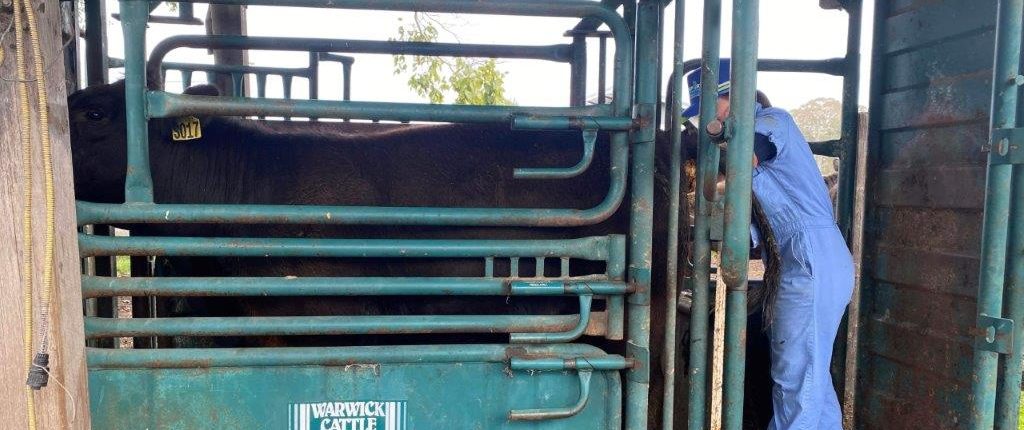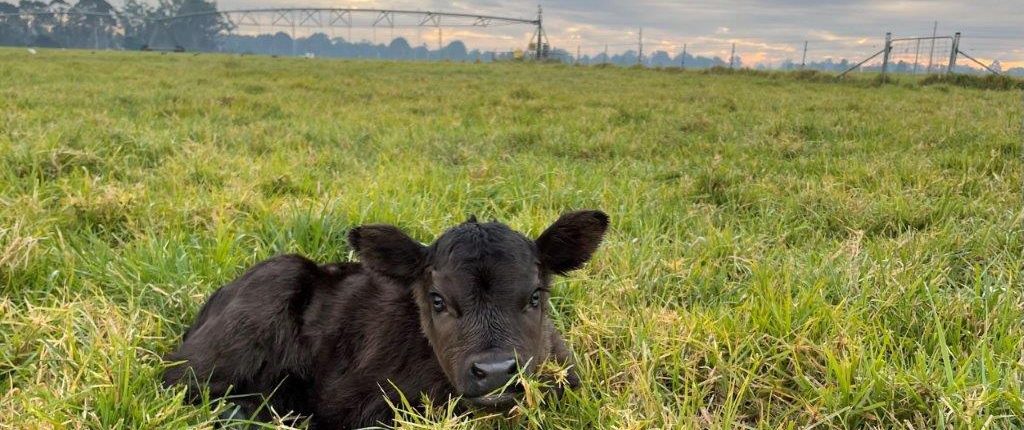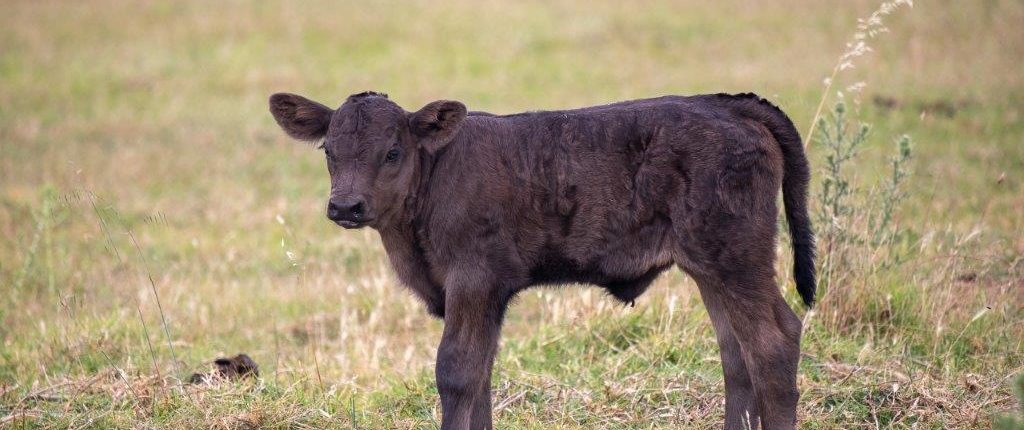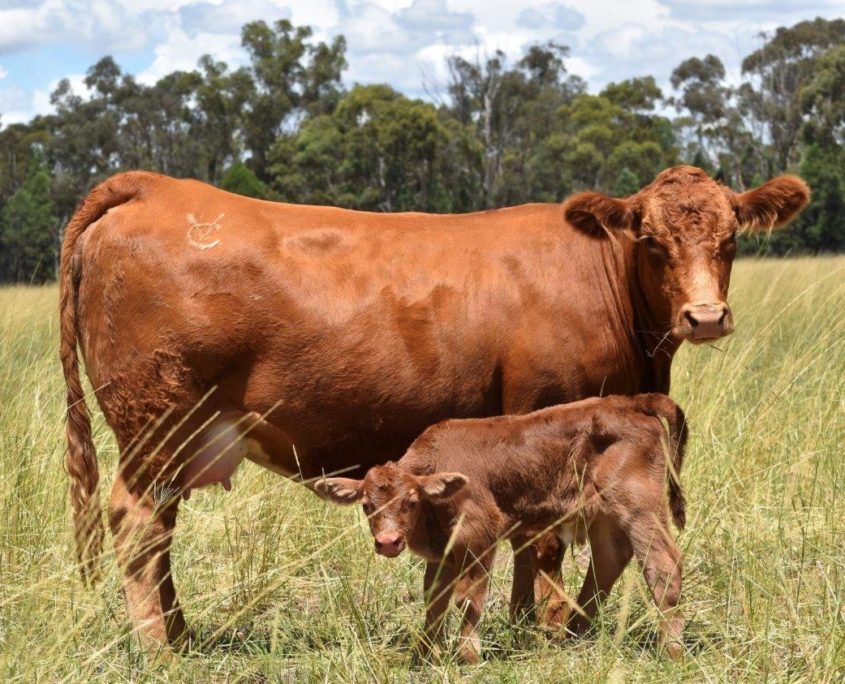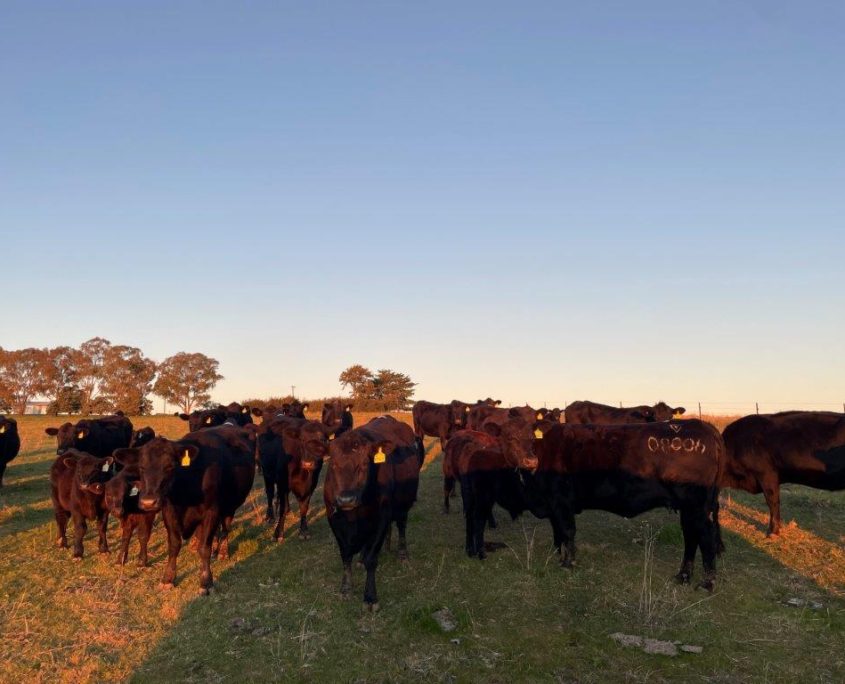Artificial Insemination
Bovine artificial insemination (AI) is a reproductive technique used in cattle production to facilitate controlled breeding and improve the genetic quality of the herd.
The technique of AI is placing frozen or fresh semen within the body of the uterus within the female, during the time of oestrus. Artificial insemination offers several advantages, including:
- Genetic Improvement: Enables controlled breeding through the use of genetically superior bulls.
- Efficiency: Enabling a larger number of females to get in calf at the one time resulting in tighter calving window for better management.
- Disease Control: AI reduces the risk of transmitting disease between animals, as there is no direct physical contact during mating.
- Bull Management: Allows a single bull to inseminate multiple females, optimizing the use of valuable breeding stock and reducing the number of bulls needed. This reduces the instance of bull break downs.
- Record keeping: AI enables more accurate record keeping.
Fixed Time AI (FTAI)
Fixed-time Artificial Insemination (FTAI) is a specific approach to artificial insemination (AI) in cattle that offers several advantages compared to traditional or natural breeding methods. The key superiority of a cattle FTAI program lies in its ability to precisely time insemination and synchronise the breeding process.
A synchronisation program is a management technique used to control and coordinate the oestrus (heat) cycles of a group of cows or heifers within a herd. The primary goal of synchronisation programs is to optimise the timing of breeding to ease management. FTAI programs have developed significantly through research resulting in cattle only needing to be yarded 3 times with commonly used programs. Our team can support and create the best synchronisation program for your individual herds needs.

